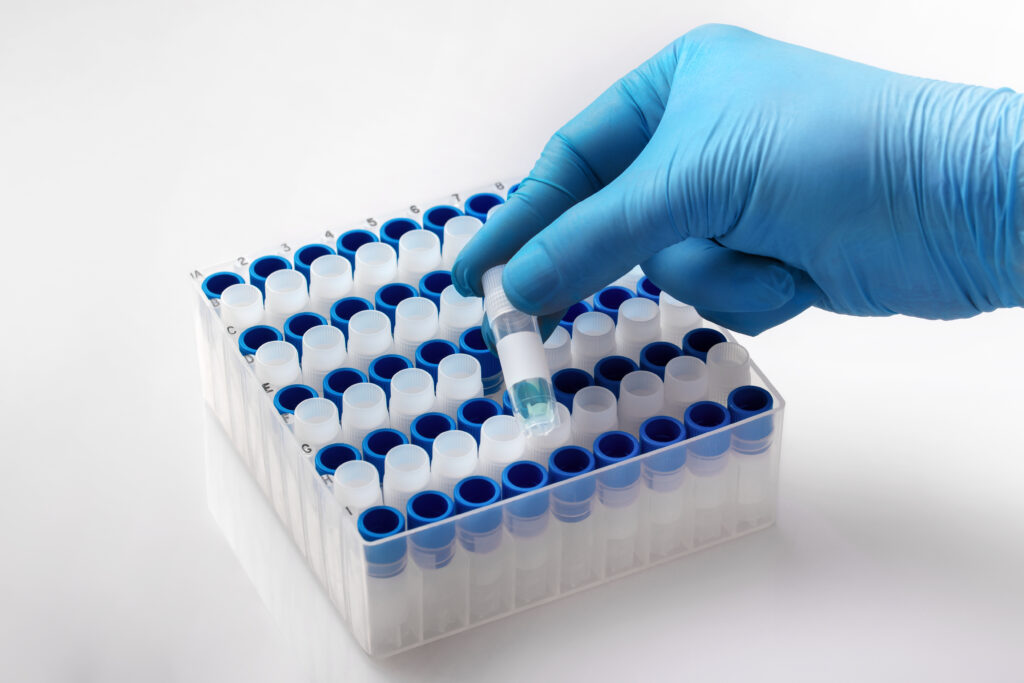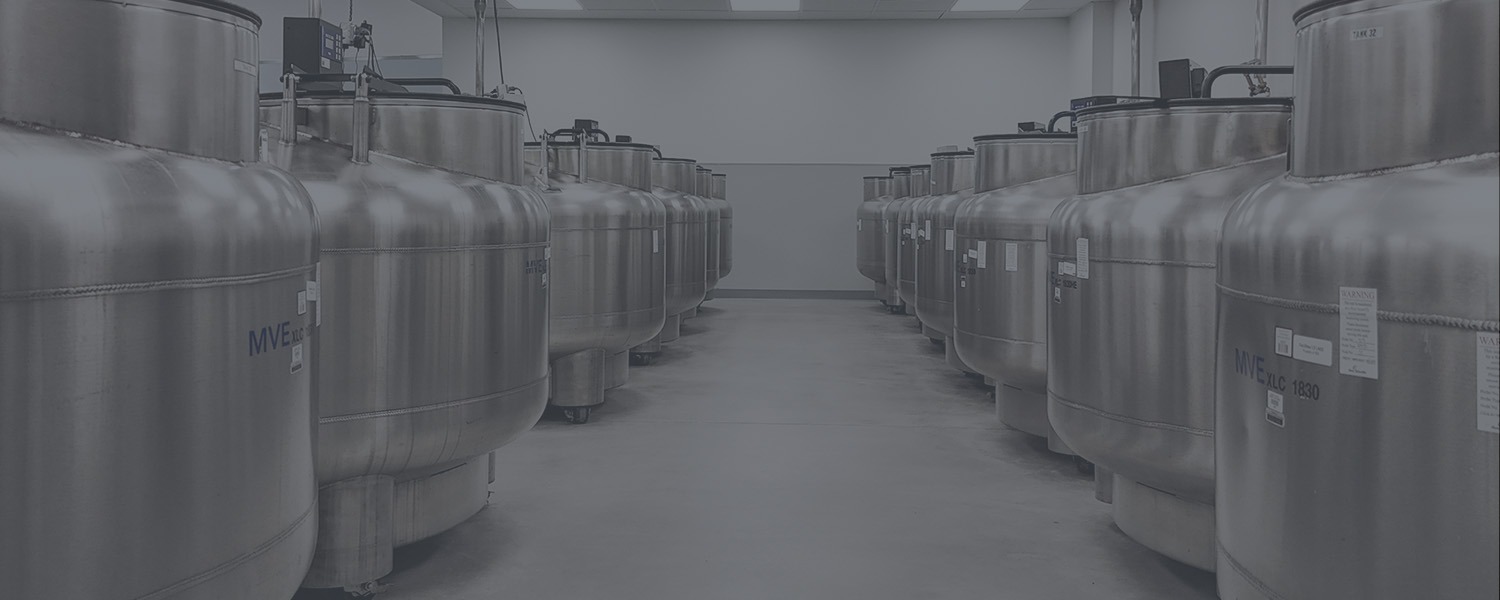Who are NINDS?
The National Institute of Neurological Disorders and Stroke (NINDS) was established in 1950 and is a part of the US National Institutes of Health (NIH). Its mission is to seek fundamental knowledge about the brain and nervous system to reduce the burden of neurological disease for all people.
Table of Contents
NINDS aims to provide tools and funding for research into neurological disorders that cause a considerable burden on individuals, families, and communities. NINDS research funding has already led to the development of precise diagnostic tools and new treatment interventions for many neurological conditions. The institute also invests heavily in educating the general public and medical practitioners on the signs and symptoms of neurological disorders and stroke.
One of NINDS’ critical projects is the extensive collection and storage of human cells that can be requested for research purposes. This extensive collection of cells come from a large population of donors including men, women and children of all wide and diverse range of backgrounds. The repository of biomaterials is not restricted to researchers based in the US and can be requested by small academic groups through to large biotechnology and pharmaceutical companies.

NINDS Human Cell and Data Repository (NHCDR)
The NHCDR hosts over 400 subjects that can be requested for research purposes. These subjects are sourced from a wide array of hosts and can be filtered for by gender, age, race and cell type (iPSCs, edited iPSCs or Fibroblasts). Subjects can also be selected based on the disease type, of which there are 14 to choose from including:
- Alzheimer’s disease
- Amyotrophic Lateral Sclerosis
- Ataxia-Telangiectasia
- Dystonia
- Frontotemporal Degeneration
- Huntington’s Disease
- Lewy Body Dementia
- Mild cognitive impairment
- Myotonic Dystrophy
- Parkinson’s Disease
- Parkonsonism
- Spinal Muscular Atrophy
- Spinal-Bulbar Muscular Atrophy
- Spinocerebellar Ataxia
- Control samples
A full comprehensive list of subjects held by NINDS can be found on their website. If you wish to query or request cell samples, an easy “how to order” guide can be found here. Once a Material Transfer Agreement form is completed (found on NINDS website here), researchers can search for the cells they require and purchase up to a maximum of 10 vials.
NINDS impact on research
The NHCDR has supported a diverse array of stem cells-based research, from studies of the basic biology of stem cells in the developing and adult mammalian brain, to studies focusing on nervous system disorders such as ALS or spinal cord injury. Other examples of research include using induced pluripotent stem cells (iPSCs) to derive dopamine-producing neurons that might alleviate symptoms in patients with Parkinson’s disease and using embryonic stem cells to generate cerebral organoids to model Zika virus infection.
Since the NINDS repository was established, countless papers have been published that have credited the organization for providing the biomaterial in their investigations. Many of the papers crediting NINDS for providing the biomaterial utilized in their investigations include high impact factor journals such as
Requesting cells from Sampled
Sampled is proud to be the sole distributor for the NHCDR. Although NINDS is based in the US, the biomaterials can be requested by scientists worldwide by small academic groups to large pharmaceutical organizations. Requesting cells from the NHCDR is a straightforward process, researchers can contact us directly through our website here, to speak to one of experts. We are here to help researchers, which is why we also have a step by step guide to ordering cells from the NHCDR.

